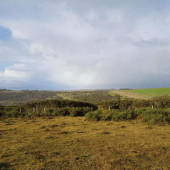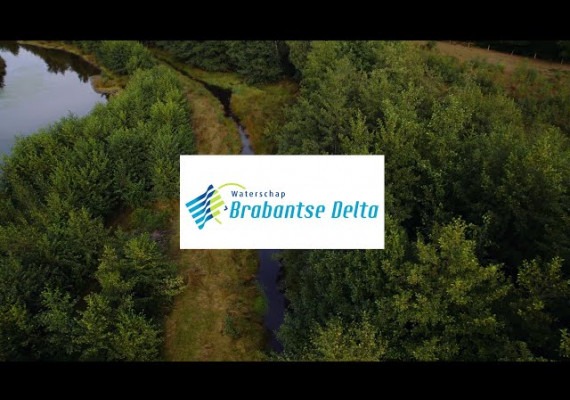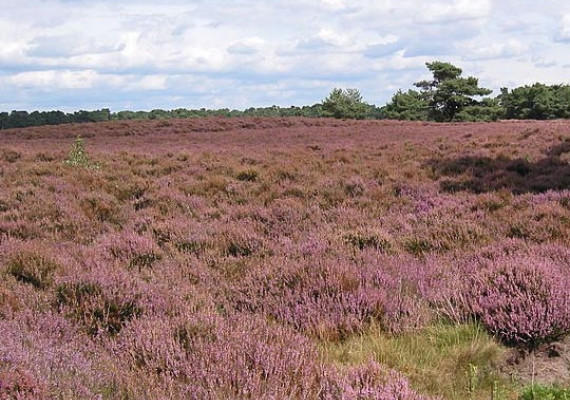PROWATER
Protecting and restoring raw water sources through actions at the landscape scale
Priority Axis
Adaptation to Climate ChangeSpecific objective
Adaptation to Climate Change
Lead partner
Vlaamse Overheid, Departement OmgevingContact
Start Date
01/09/2018End Date
31/03/2023Project budget
5 526 620 €ERDF amount
3 315 972 €ERDF rate
60%About
Common challenge
Many of the regions in the 2 Seas area face a common risk of water scarcity when prolonged droughts occur. They have a similarly high-Water Exploitation Index (i.e. the total water used as a percentage of renewable freshwater resources) which indicates a problem of chronic water scarcity that makes them more vulnerable to drought.
It is therefore important that local and national stakeholders take steps to build resilience against droughts (and water scarcity) by enhancing infiltration and water retention capacity of landscapes in areas of strategic importance for drinking water production. Climate projections for the 2 Seas area point towards dryer and warmer summers with more extreme and concentrated precipitation events (summer storms). This has resulted in a higher demand for water production (on hot, dry days, water consumption can triple). Furthermore, increased water abstraction volumes during summer have high impacts at an already critical moment for water dependent ecosystems. This aggravates the conflict between water provisioning and biodiversity conservation.
Restoring and developing blue-green structures in landscapes can improve the hydrological resilience to droughts and floods. It can also provide substantial climate mitigation benefits and benefit biodiversity. The PROWATER project answered a significant need to identify and target these pieces of land with the highest potential for restoration and conservation.
Overall objective
Main outputs
Cross border approach
Main Achievements
Water in our landscapes is valuable, let’s not waste it. The recurring dry spells and heat waves serve to remind us of the challenges of safeguarding and restoring raw water resources in often degraded landscapes. This is crucially important in facilitating areas towards climate adaptation, as extreme rainfall as well as drought events become more and more common. The PROWATER partnership contributed to these challenges and helped find space for water in landscapes within the 2 Seas area. Through Ecosystem-based Adaptation (EbA), a Nature-based approach to climate adaptation, the partnership delivered ecosystem services including the retention and infiltration of rainwater. Examples of such measures include the restoration of temporal wetlands, permanent wetlands, infiltration zones and river valleys.
In time of flood risk, they helped lower the high-water peaks in brooks and rivers by storing water in the landscape. In the time of drought and increased water demand, the water stored in the landscape was released back to the environment.
The successful implementation of EbA measures in 12 PROWATER demonstration sites actively contributed to the storage of the water resources: water is actively stored during periods of high precipitation, managed during storage and made available again during periods of high demand. PROWATER delivered 86 ha of EbA measures. Based on the application of the PROWATER impact assessment tool, this resulted in a net gain of rainwater retention/infiltration of 129.761 m3 / year. This is the equivalent of water usage by 2595 people, assuming the average consumption of 50 m3 / person / year. On average, 1750 m3 of water was gained per ha and per year as a result of the mix of EbA measures.
Testimonial

We were very interested to be approached by PROWATER through the South East Rivers Trust concerning the possibility of natural flood management and generally wetting up the landscape (…). I see it affecting the issue beneficially in many ways. We have seen the huge biodiversity benefits that come with that.
Mike and Jan Bax, farmers





